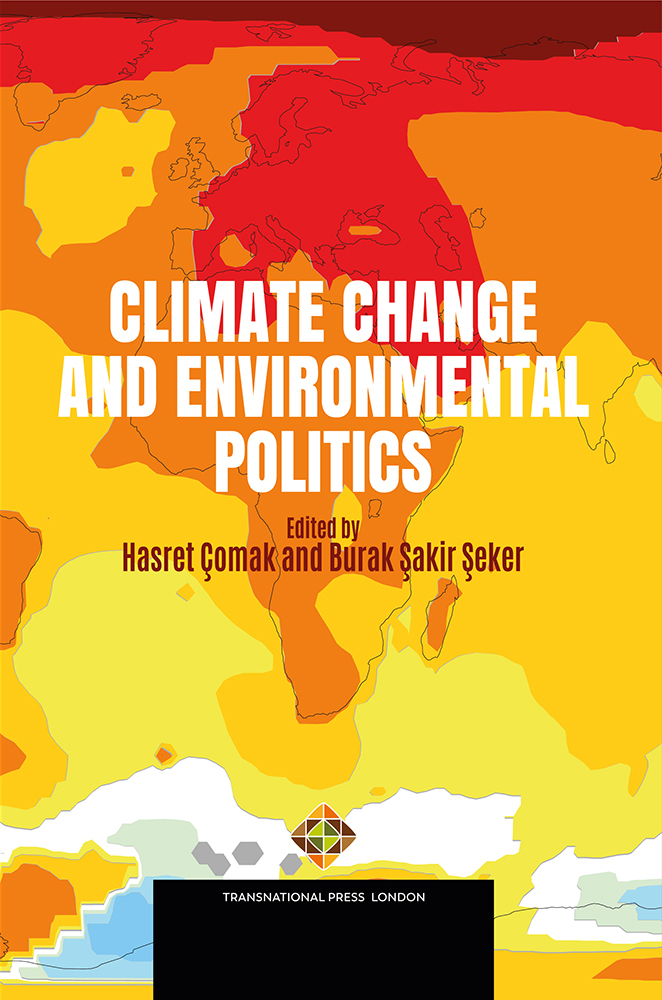Chemical, Biological, Radiological, and Nuclear (Cbrn) Warfare’s Implications on the Environment
Chemical, Biological, Radiological, and Nuclear (Cbrn) Warfare’s Implications on the Environment
Author(s): Doğan Şafak Polat
Subject(s): Energy and Environmental Studies
Published by: Transnational Press London
Keywords: Chemical; biological; radiological; nuclear (Cbrn); warfare’s implications; environment;
Summary/Abstract: As noted in a United Nations (UN) report, warfare adversely affects ecosystems at all levels. The degree to which warfare impacts on populations and ecosystem depends on the type of disturbance, the ecosystem’s sensitivity and resilience, and the timing of the impacts. Warfare invariably causes destruction, leading to the release of toxic compounds, death of wildlife, and polluted air. War-induced pollution contaminates water bodies, soil, and the atmosphere, making areas uninhabitable for humans. The use of chemical, biological, radiological and nuclear weapons has exacerbated the strain on ecosystems and the environment.
Book: Climate Change and Environmental Politics
- Page Range: 127-140
- Page Count: 14
- Publication Year: 2024
- Language: English
- Content File-PDF

